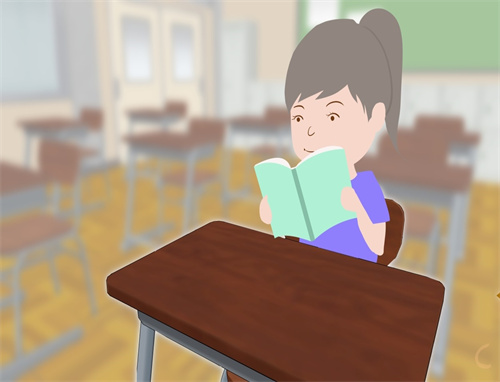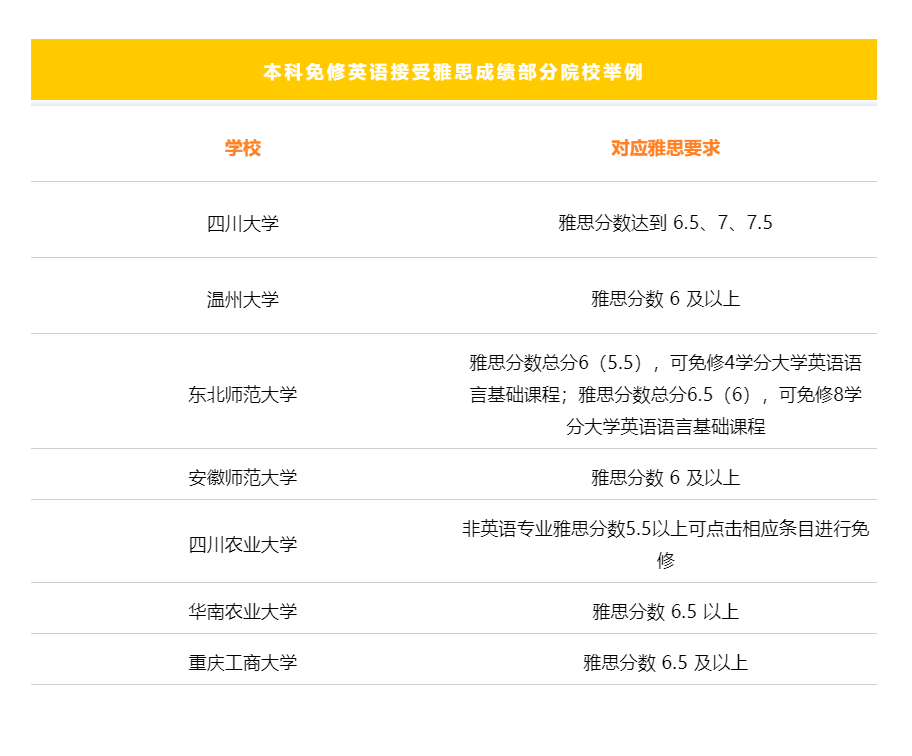托福阅读王道备考4大方法盘点, 用对这些学习技巧提分速度更快。下面小编就和大家分享托福阅读王道备考4大方法盘点,来欣赏一下吧。
托福阅读王道备考4大方法盘点
1、通过模拟测试训练
要求自己在20分钟之内完成一篇文章。期间排除环境干扰,一切都模拟真实考试环境,目的是为了在考试前对真实考试的压力和精力需求有直接的体验。
2、错题总结回顾
做完题之后还要对题目进行剖析,错误选项为什么错,正确选项为什么对。在这个环节要注意分析自己喜欢错哪个类型的题目,并进行总结。同时,把错题和错题所对应的段落复制到错题文档中。
3、深度分析文章
这是真正能够提高阅读能力的环节。回到原文之中,逐句逐词读文章,遇到每一个自己不认识的单词都查一下,并且结合文章内容,把它背诵下来。每个意思不确定的词组,也要通过一切手段搞懂。在单词和词组的基础之上,搞懂文章每一句话的意思、每个段落的内部逻辑、段落之间的关系和文章的构成。
托福作为一个标准化的考试,它的考点以及文章构造的方式总是固定的。而逻辑的展开方式,无非也就是因果、并列、递进、转折、让步那么几种。我们需要做的无非是多遍熟悉文章的写作和构建方式,之后在考试中,看到一个段落能够对段落的构建方式有准确的预判和把握。这是提高对篇章把握能力的有效方法。
4、对照译文重新阅读
这个步骤无非是一边读英文,一边核对中文,看看自己对于每一句话的理解是否得当。因为我们保不准会出现这样的情况:一开始以为自己读懂了,其实却是一个错误的理解。这种情况比完全没读懂还要可怕,因为它把问题隐藏了。
以上就是小编为大家介绍的托福阅读王道备考4个实用方法,希望能帮助大家明确学习方法,制定更加合理高效的学习计划,迅速提升托福阅读应试能力拿到高分。
托福阅读真题原题+题目
The most thoroughly studied cases of deception strategies employed by ground-nesting birds involve plovers, small birds that typically nest on beaches or in open fields, their nests merely scrapes in the sand or earth. Plovers also have an effective repertoire of tricks for distracting potential nest predators from their exposed and defenseless eggs or chicks.
The ever-watchful plover can detect a possible threat at a considerable distance. When she does, the nesting bird moves inconspicuously off the nest to a spot well away from eggs or chicks. At this point she may use one of several ploys. One technique involves first moving quietly toward an approaching animal and then setting off noisily through the grass or brush in a low, crouching run away from the nest, while emitting rodent like squeaks. The effect mimics a scurrying mouse or vole, and the behavior rivets the attention of the type of predators that would also be interested in eggs and chicks.
Another deception begins with quiet movement to an exposed and visible location well away from the nest. Once there, the bird pretends to incubate a brood. When the predator approaches, the parent flees, leaving the false nest to be searched. The direction in which the plover escapes is such that if the predator chooses to follow, it will be led still further away from the true nest.
The plover's most famous stratagem is the broken-wing display, actually a continuum of injury-mimicking behaviors spanning the range from slight disability to near-complete helplessness. One or both wings are held in an abnormal position, suggesting injury. The bird appears to be attempting escape along an irregular route that indicates panic. In the most extreme version of the display, the bird flaps one wing in an apparent attempt to take to the air, flops over helplessly, struggles back to its feet, runs away a short distance, seemingly attempts once more to take off, flops over again as the useless wing fails to provide any lift, and so on. Few predators fail to pursue such obviously vulnerable prey. Needless to say, each short run between flight attempts is directed away from the nest.
1. What does the passage mainly discuss?
(A) The nest-building techniques of plovers
(B) How predators search for plovers
(C) The strategies used by plovers to deceive predators
(D) Why plovers are vulnerable to predators
2. The word merely in fine 3 is closest in meaning to
(A) often
(B) only
(C) usually
(D) at first
3. Which of the following is mentioned in the passage about plovers?
(A) Their eggs and chicks are difficult to find.
(B) They are generally defenseless when away from their nests.
(C) They are slow to react in dangerous situations.
(D) Their nests are on the surface of the ground.
4. The word emitting in line 10 is closest in meaning to
(A) bringing
(B) attracting
(C) producing
(D) minimizing
5. In the deception technique described in paragraph 2, the plover tries to
(A) stay close to her nest
(B) attract the predator's attention
(C) warn other plovers of danger
(D) frighten the approaching predator
6. The word spanning in line 19 is closest in meaning to
(A) covering
(B) selecting
(C) developing
(D) explaining
7. According to paragraph 4, which of the following aspects of the plover's behavior gives the
appearance that it is frightened?
(A) Abnormal body position
(B) Irregular escape route
(C) Unnatural wing movement
(D) Unusual amount of time away from the nest
8. The word pursue in line 25 is closest in meaning to
(A) catch
(B) notice
(C) defend
(D) chase
9. According to the passage , a female plover utilizes all of the following deception techniques
EXCEPT
(A) appearing to be injured
(B) sounding like another animal
(C) pretending to search for prey
(D) pretending to sit on her eggs
10. Which of the following best describes the organization of the passage ?
(A) A description of the sequence of steps involved in plovers nest building
(B) A generalization about plover behavior followed by specific examples
(C) A comparison and contrast of the nesting behavior of plovers and other ground nesting birds
(D) A cause-and-effect analysis of the relationship between a prey and a predator
PASSAGE 63 CBDCB ABDCB
托福阅读真题原题+题目
In 1903 the members of the governing board of the University of Washington, in Seattle, engaged a firm of landscape architects, specialists in the design of outdoor environment — Olmsted Brothers of Brookline, Massachusetts — to advise them on an appropriate layout for the university grounds. The plan impressed the university officials, and in time many of its recommendations were implemented. City officials in Seattle, the largest city in the northwestern United States, were also impressed, for they employed the same organization to study Seattle's public park needs. John Olmsted did the investigation and subsequent report on Seattle's parks. He and his brothers believed that parks should be adapted to the local topography, utilize the area's trees and shrubs, and be available to the entire community. They especially emphasized the need for natural, serene settings where hurried urban dwellers could periodically escape from the city. The essence of the Olmsted park plan was to develop a continuous driveway, twenty miles long, that would tie together a whole series of parks, playgrounds, and parkways. There would be local parks and squares, too, but all of this was meant to supplement the major driveway, which was to remain the unifying factor for the entire system.
In November of 1903 the city council of Seattle adopted the Olmsted Report, and it automatically became the master plan for the city's park system. Prior to this report, Seattle's park development was very limited and funding meager. All this changed after the report. Between 1907 and 1913, city voters approved special funding measures amounting to $4,000,000. With such unparalleled sums at their disposal, with the Olmsted guidelines to follow, and with the added incentive of wanting to have the city at its best for the Alaska-Yukon-Pacific Exposition of 1909, the Parks Board bought aggressively. By 1913 Seattle had 25 parks amounting to 1,400 acres, as well as 400 acres in playgrounds, pathways, boulevards, and triangles. More lands would be added in the future, but for all practical purposes it was the great land surge of 1907-1913 that established Seattle's park system.
1. What does the passage mainly discuss?
(A) The planned development of Seattle's public park system
(B) The organization of the Seattle city government
(C) The history of the Olmsted Brothers architectural firm
(D) The design and building of the University of Washington campus
2. The word engaged in line 2 is closest in meaning to
(A) trained
(B) hired
(C) described
(D) evaluated
3. The word subsequent in line 8 is closest in meaning to
(A) complicated
(B) alternate
(C) later
(D) detailed
4. Which of the following statements about parks does NOT reflect the views of the Olmsted
Brothers firm?
(A) They should be planted with trees that grow locally.
(B) They should provide a quiet, restful environment.
(C) They should be protected by limiting the number of visitors from the community.
(D) They should be designed to conform to the topography of the area.
5. Why does the author mention local parks and squares in lines 14 when talking about the
Olmsted plan?
(A) To emphasize the difficulties facing adoption of the plan
(B) To illustrate the comprehensive nature of the plan
(C) To demonstrate an omission in the plan
(D) To describe Seattle's landscape prior to implementation of the plan
6. Which of the following can be inferred from the passage about how citizens of Seattle received
the Olmsted Report?
(A) They were hostile to the report's conclusions.
(B) They ignored the Olmsted's findings.
(C) They supported the Olmsted's plans.
(D) They favored the city council's seeking advice from another firm.
7. According to the passage , when was the Olmsted Report officially accepted as the master plan
for the Seattle public park system?
(A) 1903
(B) 1907
(C) 1909
(D) 1913
8. The word sums in line 20 is closest in meaning to
(A) problems
(B) amounts
(C) services
(D) debts
9. According to the passage , which of the following was most directly influenced by the
Alaska-Yukon- Pacific Exposition?
(A) The University of Washington
(B) Brookline, Massachusetts
(C) The mayor of Seattle
(D) The Seattle Parks Board
PASSAGE 55 ABCCB CABD
托福阅读王道备考4大方法盘点相关文章:
★ 高考学霸经验
2020托福阅读王道备考4大方法盘点
上一篇:托福阅读词汇题备考方法心得讲解
下一篇:托福阅读词汇题如何做的又快又对






